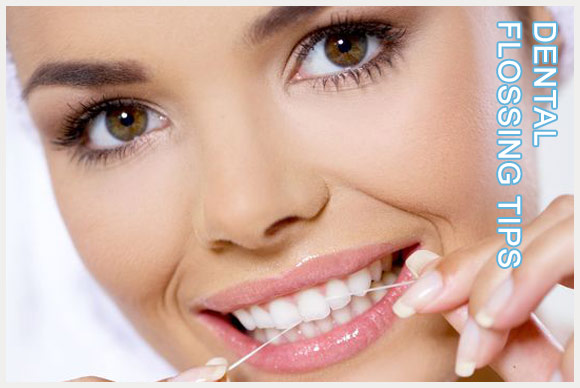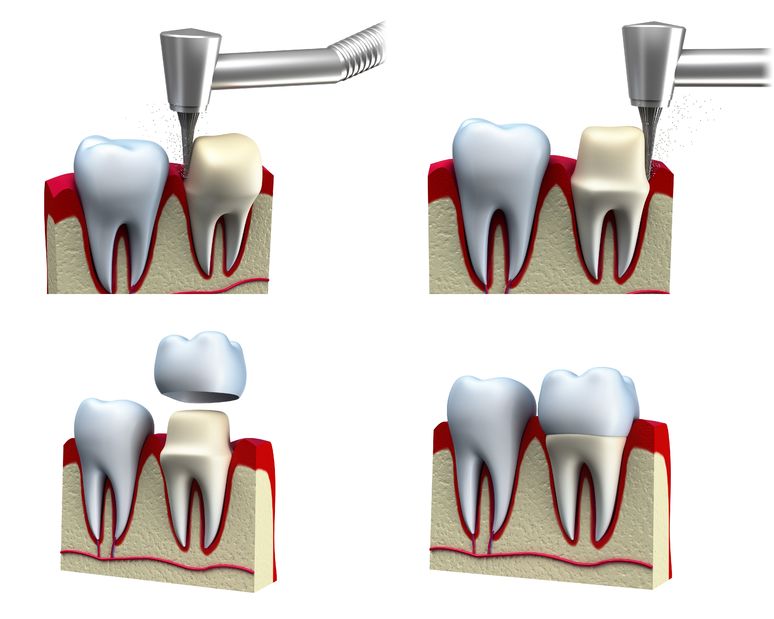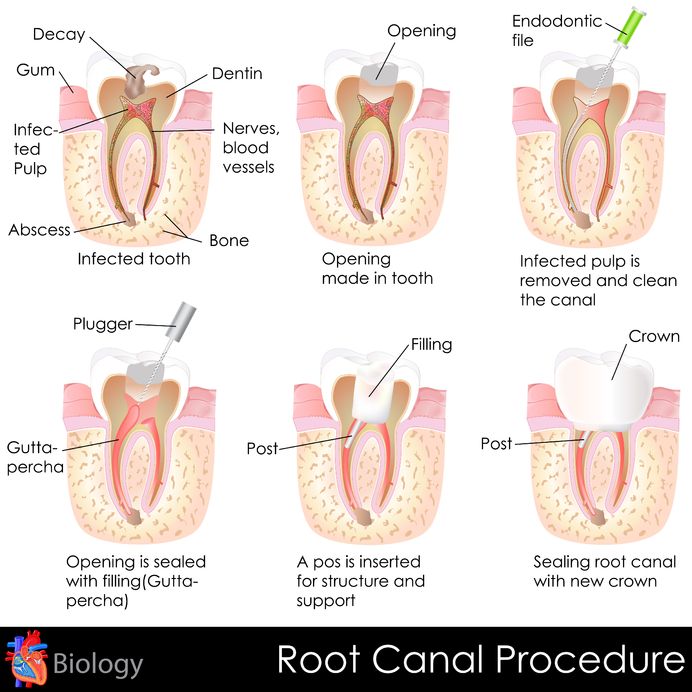Children Oral Health
Maintaining our children oral health and teaching our kids how to maintain their oral hygiene is one of the most important things a parent can teach his/her children. A proper oral care remains with the child for the rest of his/her life. Perhaps the easiest thing to do is to make the process fun for the child. A good example is to brush with your children and show her/him how brushing(Read More about Brushing Tips) is something that has to be done everyday and is part of everyday life. Skipping brushing shows the child that it is not as important. Regular brushing sends a message that your children oral health care if valuable. Today there are many fun tooth brushes with cartoon characters that the child enjoys holding in his/her hand. There are many tooth pastes with different taste since not all kids like the same taste in their mouth. It is important to make sure only a small amount of paste is placed on the brush since the younger children have a tendency to swallow the paste. As they get older, you can teach them not to swallow and perhaps place as much a pea size paste on the brush.
In the first few years of life flossing perhaps would not be as necessary as later in life but by starting early we can teach the child how it is part of the everyday oral care.
Steps to Maintain Your Children Oral Health:
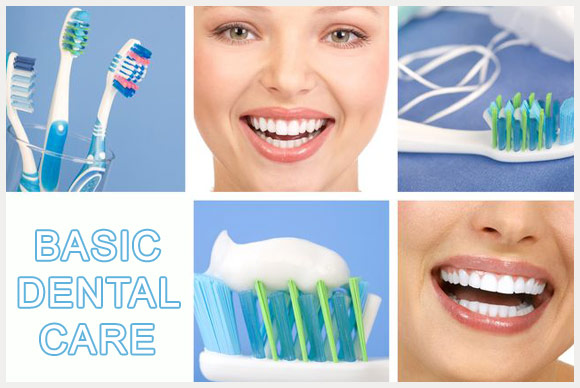 Brush twice a day for two minutes. Electric tooth brushes are easier for a child to hold on to and does a better job cleaning. A tooth paste with fluoride is strongly suggested to help reduce production of cavities.
Brush twice a day for two minutes. Electric tooth brushes are easier for a child to hold on to and does a better job cleaning. A tooth paste with fluoride is strongly suggested to help reduce production of cavities.
- Flossing daily(Learn how to master Flossing).
- If your child eats a lot of sweets, make sure he/she brushes right after and that includes juices and sodas. Carbonated sodas even those without sugar can dissolve the enamel and cause cavity in the long term.
- Use tap water if possible. LADWP places fluoride in the drinking water which helps reduce cavity. Using filter on the tap water does not remove the fluoride but if you are using bottle water, you may need to consult your dentist or pediatrician for supplemental fluoride.
- Have your child see a dentist at least twice a year. If you see dark spots or holes on the teeth make sure you see your dentist ASAP.
- It is good to see the dentist in the younger age perhaps as early as age 2. Although your child may not allow any treatment, but just seeing that going to the dentist can be fun and routine can help him/her to relax at the time so when it is time to have a cleaning or x-rays done, he/she is not scared. It is always helpful if the parents also have a dentist appointment at the same time so the child can watch the parents and learn on how to behave.







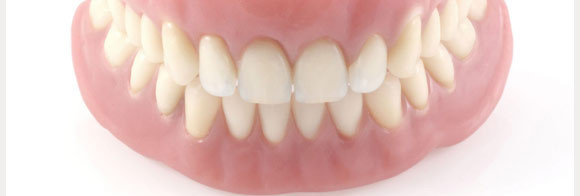



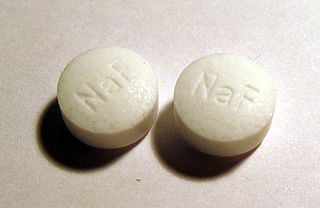 Brush
Brush 